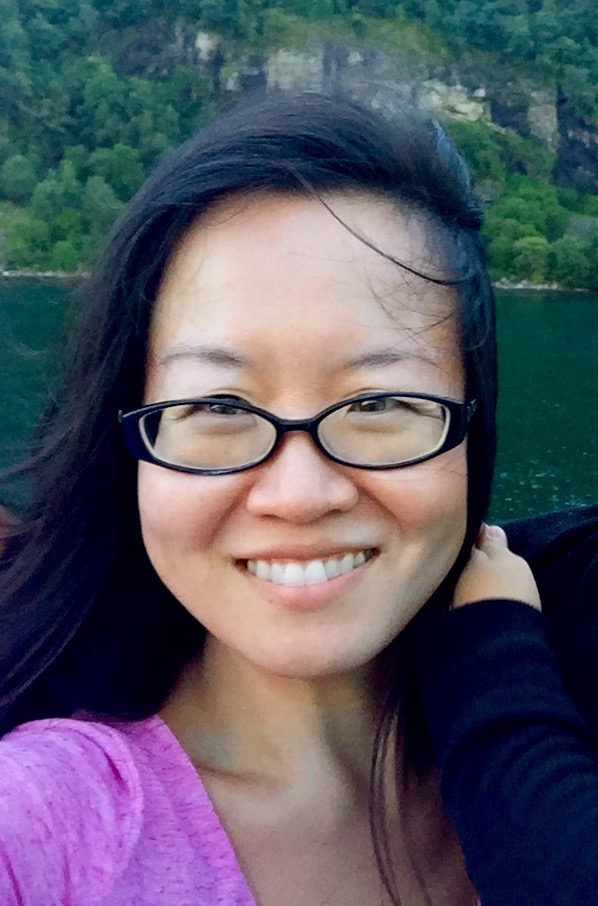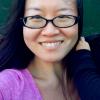Meet Teaching Artist Christine Ma-Kellams


When she isn't writing, Christine Ma-Kellams teaches at San Jose State University. Her short stories have appeared in over 20 different literary magazines, including ZYZZYVA, the Kenyon Review, Prairie Schooner, Baltimore Review, and Necessary Fiction, among others. Her nonfiction has appeared in the Wall Street Journal and elsewhere. As a classically trained social psychologist who has also taught at Harvard, UC Santa Barbara, Westmont, and University of La Verne, and whose empirical work deals with understanding the psychological motives behind individual's behaviors, Ma-Kellams is uniquely able to pair the art of fiction with the science of what makes people tick.
Find out more by following her on Twitter. Christine's current classes are listed on her artist page.
***
When did you start teaching? What path—career or otherwise—brought you here?
I just started teaching creative writing in 2020, but I've been teaching other topics—mainly, psychology—for over a decade. I've taught at Harvard, UCSB, the Brooks Institute, Westmont College, and the University of La Verne, and, currently, I'm an assistant professor at San Jose State University. I've taught traditional undergraduates, graduate students, adult learners, professional photographers, Ivy Leaguers, executives, and fellow writers.
How would you describe your teaching style?
Interactive, visual, and relevant! I love the aesthetics as much as the content of my topics; discussion is also central to every class I teach. There is often also a pop culture/popular media element in many of classes because current, viral phenomena can be an incredible window into our cultural zeitgeist at the moment.
When it comes to imagining and creating classes, where do your ideas come from? What in particular inspires you?
It's a bit of a no-brainer, but I like to teach what I'm good at, so my classes mostly center on things that I've mastered.
What's the ideal environment for your classroom? What atmosphere are you hoping to establish?
"Ideal" environment largely depends on whether the class is virtual or in-person, but either way, I aim for an atmosphere where people feel comfortable enough to speak their minds, even if that involves challenging me or the other students in the room. I love being told I'm wrong; it makes for the most compelling conversations!
Regardless of what your class is specifically focusing on, what's the main goal you have for your students?
Regardless of what I'm teaching—and this may be aspirational—I want my students to leave with a completely different understanding of themselves and other people, including the things that they thought they knew best.
What are goals you have for yourself? These could be teaching goals, writing goals, career goals, community goals, etc.
As a teacher, one of my goals is to introduce my students to more diverse voices, especially writers of color that they haven't read before or wouldn't have come across on their own. As a writer myself, when I write, my goal is to break and expand the literary categories we think we know, including newer labels like “immigrant voices” or “writers of color” and age-old ones like “love story” or even “novel.”
What have been some of your own favorite educational experiences?
Here's a confession: I've never taken a single creative writing class myself. But one summer day I came across a collection of short stories by a well-known, albeit controversial, Dominican-American writer at the library during Story Time with my then one-year-old son. It was 2011; it had been a half-decade since I read fiction because my last five years had been spent buried in controlled laboratory experiments as a PhD in psychology, and I was on my way to my postdoc at Harvard to do more of the same thing. But I started reading for fun, then writing with that same goal in mind, and haven’t stopped since. I'd like to think that Diaz's unforgettable collection—"This is How You Lose Her"—was my first lesson on what a writer could be.
To you personally, what is the most important part of the literary arts?
Readers! And reading. I think all writers' first love is reading, and to be a good writer you have to be a voracious reader. And of course, readers themselves make literary arts possible. The other day, I came across a story in my news feed that claimed that, unbeknownst to me and the writers I knew, we were in a literary "drought." I couldn't help myself; I clicked on the link. In the piece, the journalist lamented that there were no longer any literary giants or new books worth reading. I suspect that perhaps this person and I have different books on our shelves or literary magazines we subscribe to. Perhaps he hasn't come across Zadie Smith or Junot Diaz or Charles Yu or Raven Leilani or Andrew Sean Greer, or, if he has, perhaps he needs glasses.
But then, a week after that article, I showed my writing class the short story "Cat Person"; I told them it was the first short story in the history of the world to have gone viral. Last I checked, it had five million views and counting. One of my students said she sent it to her daughters and nieces and asked them if perhaps she did them a disfavor by raising them to be nice. And the fact that a fictional story could be shared and re-shared, digested and chewed over and debated endlessly—that proves that readers are still shaping the writerly cosmos. People pushing books and stories into the hands or inboxes of friends and saying, "You've GOT to read this"—that is the heartbeat of all literary art.
Is there anything else you'd like to share?
I am currently wrapping up my debut novel: a cross-cultural, multigenerational family saga about interracial marriage, children paying for the sins of their forefathers, and the surprising, brutal lengths traversed to preserve marriage and family. The story follows two pairs of "hapa" couples to the extraordinary and devastating lengths they go to in order to save their marriage from the threat posed by the people and situations around them—including each other—only to be interrupted by a #MeToo event and a virus that disrupts everything, as pandemics (of both the sexual and epidemiological type) are in the habit of doing.
